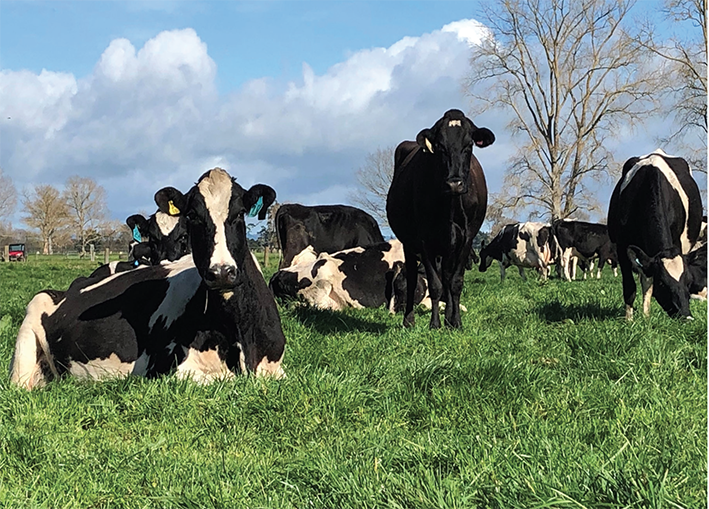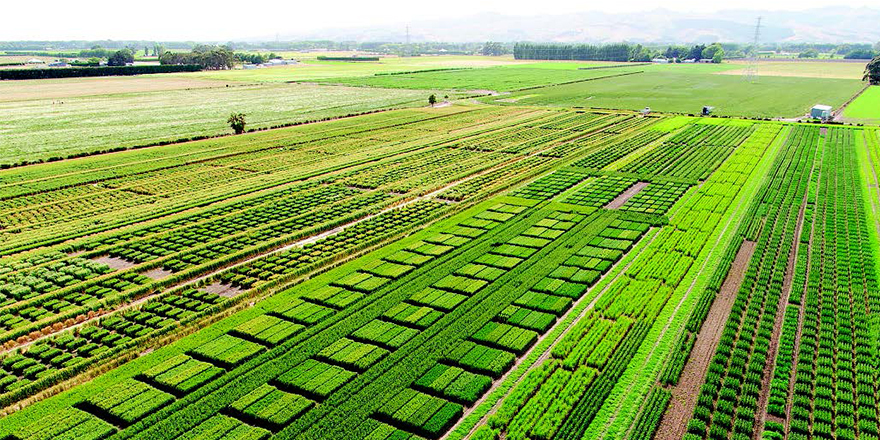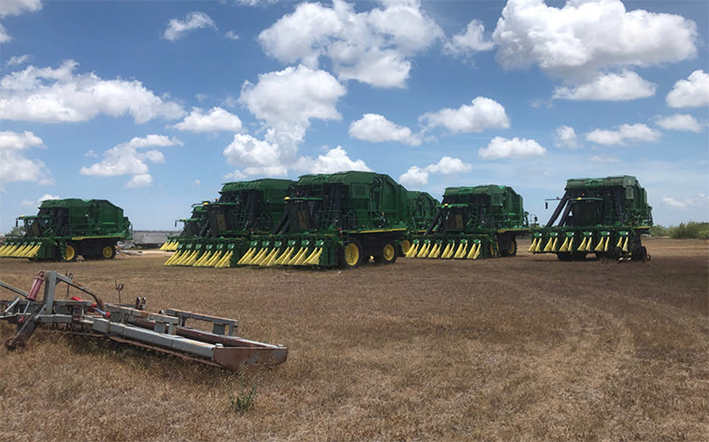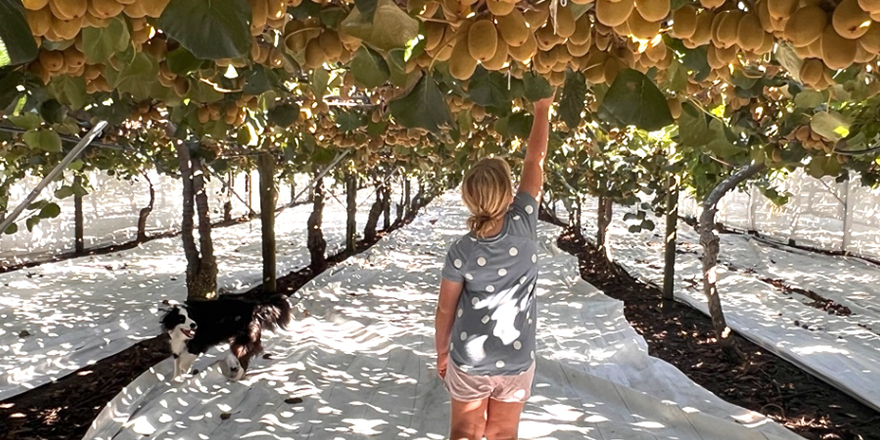The NZ dairy industry has always historically enjoyed the advantage of being the world’s lowest cost producer of milk with our cheap pasture feed resource being the envy of the dairy industry globally.
Despite this, farmers in the Europe and the US, the worlds 2nd and third largest exporters are eyeing opportunities for growth to compete with NZ in the global milk market. They are using a containment (housed) dairy model to achieve this and becoming increasingly competitive on many production and cost metrics through the application of efficiency, scale and productivity gains. These same techniques are being applied to world grain production with resultant excess of supply over demand suppressing prices, a key driver for profitability in containment livestock industries.
The question for the NZ dairy industry in light of this is ‘How can pastoral dairy remain competitive?’
The aim and purpose of this paper is to explore and evaluate the comparisons between pastoral based and containment-based production systems and determine where the advantage for NZ will lie in the future i.e. how we can compete and stay relevant.
This is an important discussion, the NZ dairy industry is a key part of the NZ economy and its prosperity is important on many levels. Over the past decade, the NZ dairy industry has pursued a volume (growth) model but due to emerging environmental constraints, this has evidently run its course and a value model is the next opportunity.
Information gathered on the topic followed two main themes: production systems and consumer insights. Dairy farming businesses, particularly scale or expanding operations were consulted in the US and Europe with a view to establishing resilience of their business models, future prospects and intentions. Consumer market insights were observed, mainly in Asia and the US, to establish what trends are currently occurring in dairy consumption and consumer preferences.
The key findings suggest that cost competitive marginal milk will be delivered onto world markets from the US, Europe and others, but there are opportunities for NZ to differentiate and pursue a value proposition around ‘grass-fed’. Our free-range pastoral model is unique in a global volume context and difficult for most dairying nations to replicate. Many consumers are actively seeking out food produced from sustainable, high animal welfare production models and this is an important opportunity for NZ.
The recommendations from this research contain a key message around the NZ dairy industry continuing to do what it does best on-farm. Beyond the farm, we need to look at ways to tell our story and leverage the differentiation that already exists in our national milk supply.
There are of course a number of challenges along the way and some of these will be discussed. This report endeavours to provide only a perspective based on observations offshore. It is up to the industry to evaluate the merits of the discussion and find a way forward.
Keywords for Search: Ryan O’Sullivan




